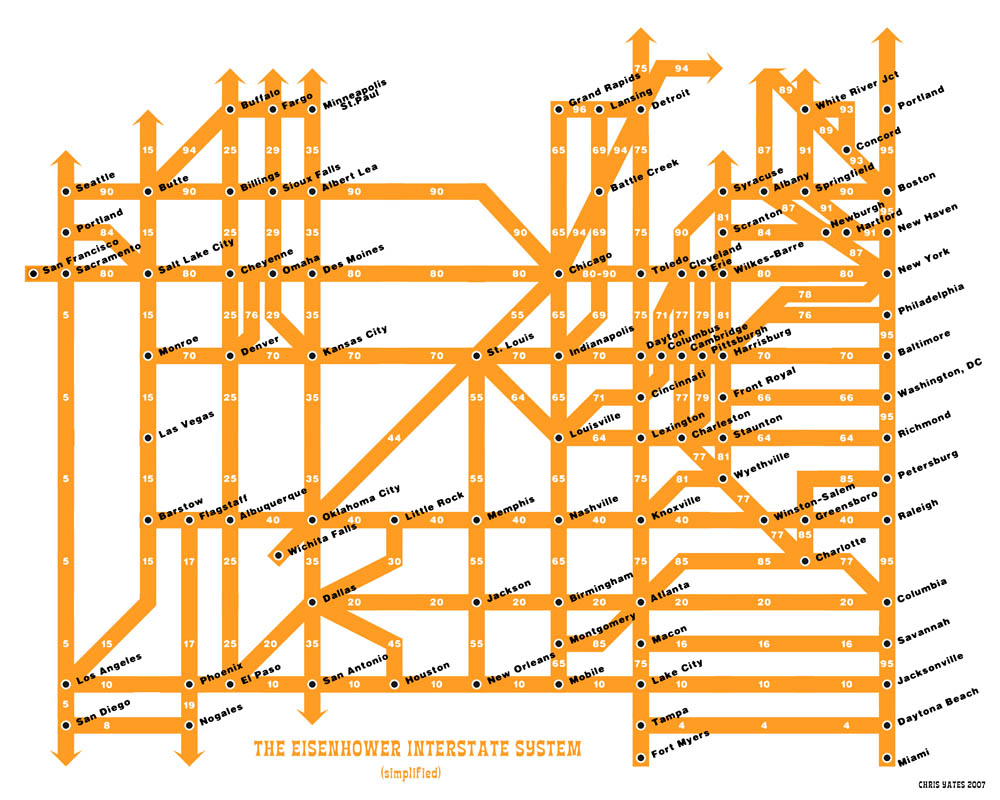
"Fig. 10.—When deviations in all directions are equally probable, as in the case of shots fired at a target by an expert marksman, the "frequencies" will arrange themselves in the manner shown by the bullets in compartments above. A line drawn along the tops of these columns would be a 'normal probability curve.' Diagram by C. H. Popenoe."
From a 1918 book by Popenoe and Johnson titled "Applied Eugenics". Even though that field has been discredited, they have a clever way of motivating the normal distribution.
"Suppose an expert marksman shoots a thousand times at the center of a certain picket in a picket fence, and that there is no wind or any other source of constant error that would distort his aim. In the long run, the greatest number of his shots would be in the picket aimed at, and of his misses there would be just as many on one side as on the other, just as many above as below the center. Now if all the shots, as they struck the fence, could drop into a box below, which had a compartment for each picket, it would be found at the end of his practice that the compartments were filled up unequally, most bullets being in that representing the middle picket and least in the outside ones. The intermediate compartments would have intermediate numbers of bullets. The whole scheme is shown in Fig. 11. [actually Fig. 10] If a line be drawn to connect the tops of all the columns of bullets, it will make a rough curve or graph, which represents a typical chance distribution. It will be evident to anyone that the distribution was really governed by "chance," i.e., a multiplicity of causes too complex to permit detailed analysis. The imaginary sharp-shooter was an expert, and he was trying to hit the same spot with each shot. The deviation from the center is bound to be the same on all sides."








